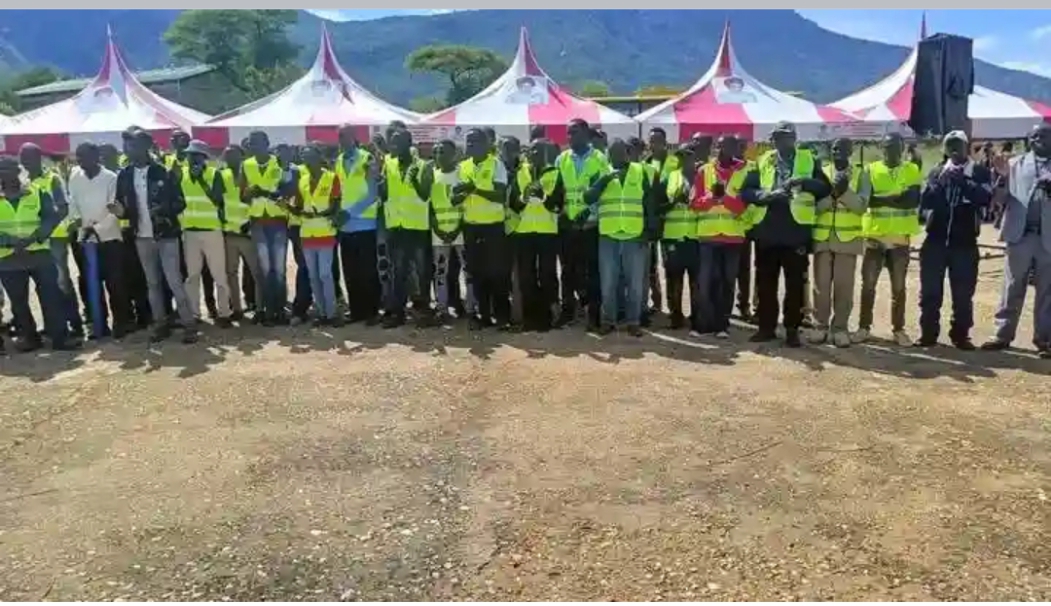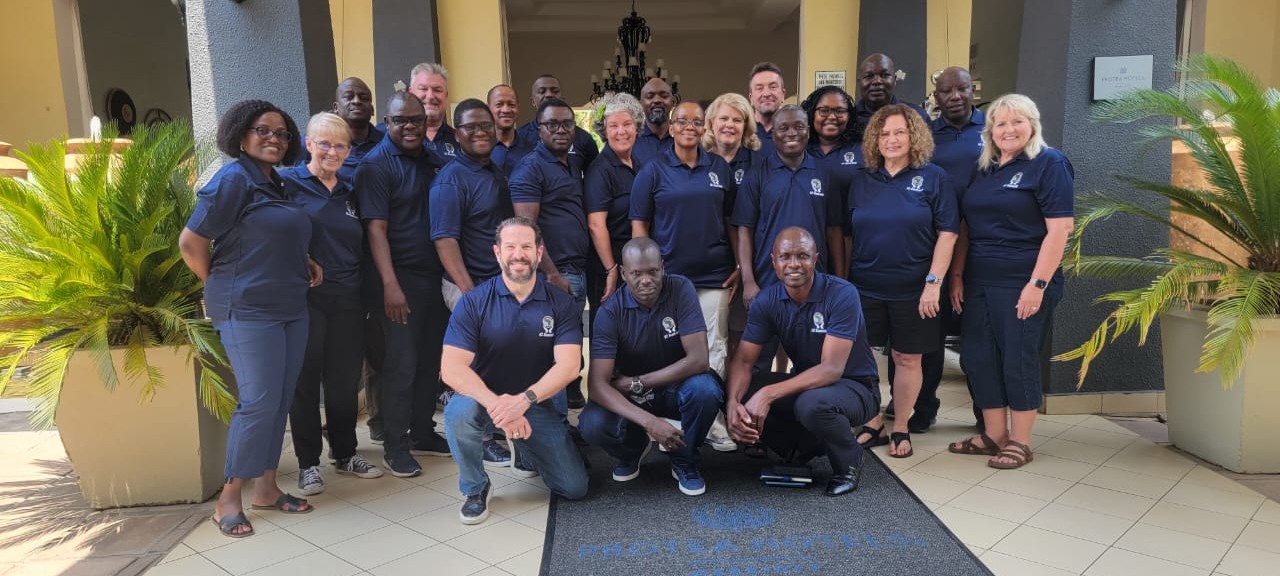
By Azael Masese
The negative cash accumulation among Deposit Taking (DT) Saccos continued to rise unabated to reach a high of Ksh. 48 billion in 2021.
Though some players turned to retained earnings to bridge the deficit, some turned to external borrowing with SACCO Societies Regulatory Authority (SASRA) warning that they were subjecting themselves to huge risk.
According to the Sacco Supervision Annual Report analysis, DT Saccos issued loans amounting to Ksh. 522.25 billion against deposits estimated at Ksh. 474.25 billion during the period under review.
A similar trend has been witnessed in the last three financial years rising from Ksh. 32.38 billion in 2018.
This rose to Ksh. 39.11 billion in 2019 and reached Ksh. 43.31 billion the following year before reaching Ksh. 48 billion in 2021.
An analysis of individual DT Saccos indicated that out of the top three DT Saccos, only Mwalimu National had a positive cash accumulation.
During the year under review, Mwalimu National’s deposit portfolio stood at Ksh. 44.29 billion against a loan book of Ksh.38.18 billion.
This means that the society had net savings of Ksh. 6.11 billion compared to Ksh. 3.1 billion reported the previous period.
On the other hand, all top three large-tiered Non-Withdrawable Deposit Taking (NWDT) Saccos had positive cash accumulations.
Out of the 39 large tiered deposit taking Saccos, 11 had positive cash accumulation.
The Saccos are Mwalimu National, United Nations, Afya, Mentor, New Fortis, Kimisitu, Safaricom, Magereza, Cosmopolitan, Hazina and Ushuru.
Majority of these Saccos are employer based Saccos.
Kenya Highlands Sacco is perhaps the exceptional case in agriculture-based Saccos with a positive cash accumulation.
In a past meeting, SASRA CEO Peter Njuguna warned against the loan deposit ratio exceeding 100.
“When you take your loan to deposit ratio, it is over 100 and Saccos that are in trouble usually have the ratio between 110 and 150 and this is a recipe for disaster,” he warned.

While addressing Sacco board chairmen at Lake Naivasha Resort in May, Njuguna argued that those were simple strategic issues to draw the attention of the board and management for appropriate action.
“This year, it is going over 110 and it is not a good sign from a stability stance,” he said.
He noted that towards the end of the financial year when submitting the books of accounts, questions will be asked on the same.
However, he exempted Non Withdrawable Deposit Taking Saccos as the ratio is below 100 per cent.
To plug the deficit, Saccos seek external borrowing, with SASRA warning this is another risk exposure.
“Do not go on a borrowing spree because we have seen that excessive borrowing is a number one risk and a number one killer of Saccos,” he warned, arguing that once it is done, Saccos lose control of their finances.
Though he said that loans remain the major component of the growth trajectory, its quality must be considered.
Kwetu Sacco CEO Stanley Kyelenzi called on the need to review the Sacco model, saying it has been overtaken by events.
“The low interest rates charged by the societies on a reducing balance might not be working hence there is need to relook into it,” he said.

He said that at times, a Sacco might be facing liquidity challenges against a rising demand for loans.
One such issue is the amount of loan a member can borrow based on their savings as some Saccos issue up to five times of the member’s deposits.
The Sacco Supervision Annual Report, 2021, also pointed out a disturbing trend of rising Non Performing Loans.


